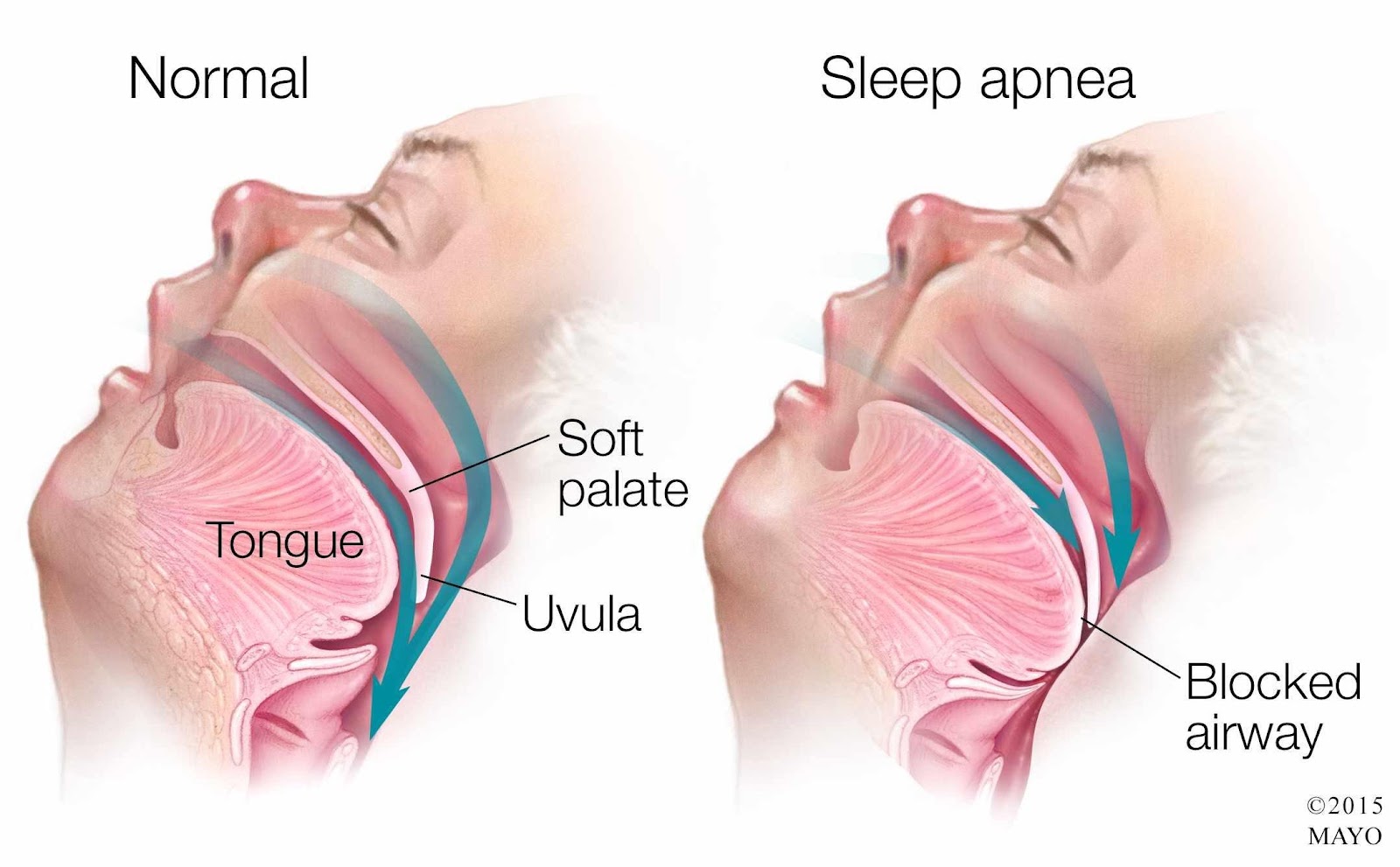The nurse administers morphine to a client for chest pain who also has obstructive sleep apnea (OSA). Which intervention is most important for the nurse to implement before leaving the client alone?
Lift and lock the side rails in place.
Apply the client's positive airway pressure device.
Elevate the head of the bed to a 45-degree angle.
Remove dentures or other oral appliances.
The Correct Answer is B
Choice A Reason: This is incorrect because lifting and locking the side rails in place is a standard safety measure for all clients, but it does not address the specific risk of respiratory depression caused by morphine and OSA.
Choice B Reason: This is correct because applying the client's positive airway pressure device can help maintain airway patency and prevent hypoxia and hypercapnia, which are common complications of OSA and opioid use.
Choice C Reason: This is incorrect because elevating the head of the bed to a 45-degree angle can help reduce chest pain and dyspnea, but it does not prevent airway obstruction or respiratory depression.
Choice D Reason: This is incorrect because removing dentures or other oral appliances can help prevent aspiration, but it does not affect the client's breathing pattern or oxygenation.

Nursing Test Bank
Naxlex Comprehensive Predictor Exams
Related Questions
Correct Answer is C
Explanation
Choice A Reason: This is incorrect because instilling normal saline solution into the nasogastric tube can cause fluid overload, electrolyte imbalance, or aspiration. Clamping the tube for one hour can also increase the risk of aspiration and gastric distension.
Choice B Reason: This is incorrect because turning the suction off can cause gastric distension and discomfort. Rinsing the mouth with cool water can also increase the risk of aspiration if the client swallows some of the water.
Choice C Reason: This is correct because oral sponge toothettes are soft and gentle on the oral mucosa and can help moisten and cleanse the mouth without causing irritation or aspiration.
Choice D Reason: This is incorrect because teaching the client that the oral mucosa must remain dry is false and can lead to further dryness, cracking, bleeding, and infection. The oral mucosa should be kept moist and clean to prevent these complications.
Correct Answer is ["B"]
Explanation
Choice A Reason: This is incorrect because nociceptive pain is caused by stimulation of nociceptors, which are sensory receptors that respond to tissue damage or inflammation. Nociceptive pain is usually localized and throbbing or aching.
Choice B Reason: This is correct because neuropathic pain is caused by damage or dysfunction of the nervous system. Neuropathic pain is usually diffuse and burning or shooting.
Choice C Reason: This is incorrect because acute pain is defined by its duration rather than its cause or quality. Acute pain lasts less than six months and usually has an identifiable cause and predictable course.
Choice D Reason: This is incorrect because visceral pain is caused by stimulation of nociceptors in the internal organs. Visceral pain is usually deep and cramping or squeezing.
Whether you are a student looking to ace your exams or a practicing nurse seeking to enhance your expertise , our nursing education contents will empower you with the confidence and competence to make a difference in the lives of patients and become a respected leader in the healthcare field.
Visit Naxlex, invest in your future and unlock endless possibilities with our unparalleled nursing education contents today
Report Wrong Answer on the Current Question
Do you disagree with the answer? If yes, what is your expected answer? Explain.
Kindly be descriptive with the issue you are facing.
